Search Images
Browse Content (p. 1039)
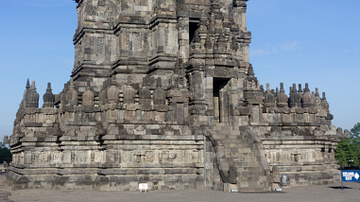
Image
Vishnu Temple, Prambanan
The Vishnu temple at Prambanan in Java, Indonesia. The Hindu site was in use between 750 and 950 CE.
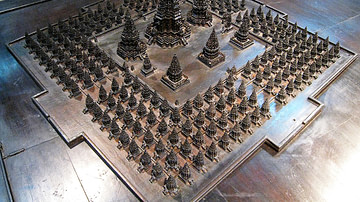
Image
Prambanan Complex Model
A model of the Prambanan Hindu temple complex in Java, Indonesia. Dedicated to Shiva, Vishnu, and Brahma, the site was in use between 750 and 950 CE.
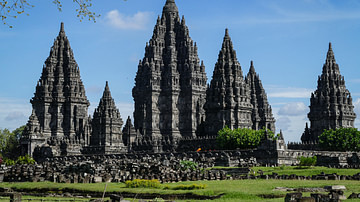
Image
Prambanan
Prambanan (Javanese: Rara Jonggrang) is a Hindu temple dating from the 9th century CE located near Bokoharjo, on the island of Java in Indonesia. Prambanan is the largest Hindu temple in Indonesia and one of the largest Hindu temples in Southeast...
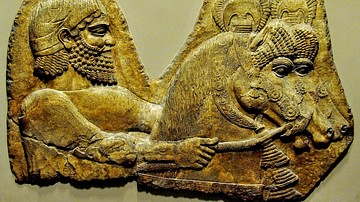
Image
A Groom and Horses from Western Assyria
This scene is part of a large alabaster bas-relief which shows a tributary procession from Western Assyria (probably in modern-day Syria or Turkey). Here, we can see a groom leading two horses. From Khorsabad (ancient Dur-Sharrukin), in modern-day...
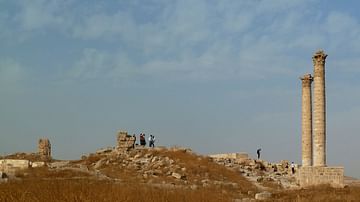
Image
Edessa Citadel
The ancient citadel of Edessa (Urfa) in south-east Turkey. The two columns date to the 3rd of 4th century CE and were dedicated to King Abgar VIII and his queen, whose statues once stood atop them.
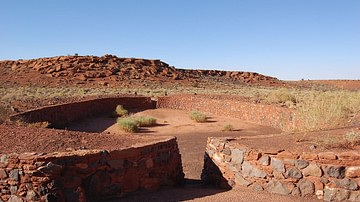
Image
Ballcourt at Wupatki
Wupatki National Monument, Arizona, US.
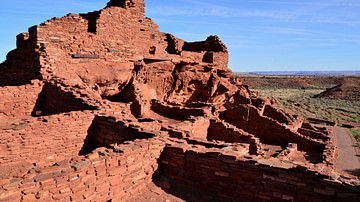
Image
Wupatki Pueblo
Wupatki National Monument, Arizona, US.
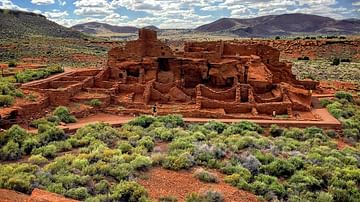
Image
Wupatki
Wupatki National Monument, Arizona, US.
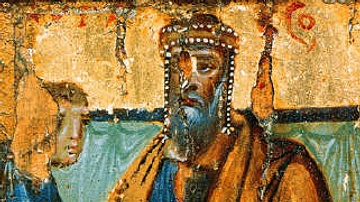
Image
King Abgar & the Mandylion
An encaustic painting depicting the 1st century CE king of Edessa Abgar V holding the Mandylion icon - a cloth considered to have the impression of Jesus Christ's face. (Saint Catherine's Monastery, Egypt)

Image
Borobudur Temple
The Temple of Borobudur or sometimes "Barabudur" is a Mahayana Buddhist temple located close to Muntilan on the island of Java in Indonesia. Built during the rule of the Sailendra Dynasty (c. 650-1025 CE), Borobudur remains the world's largest...